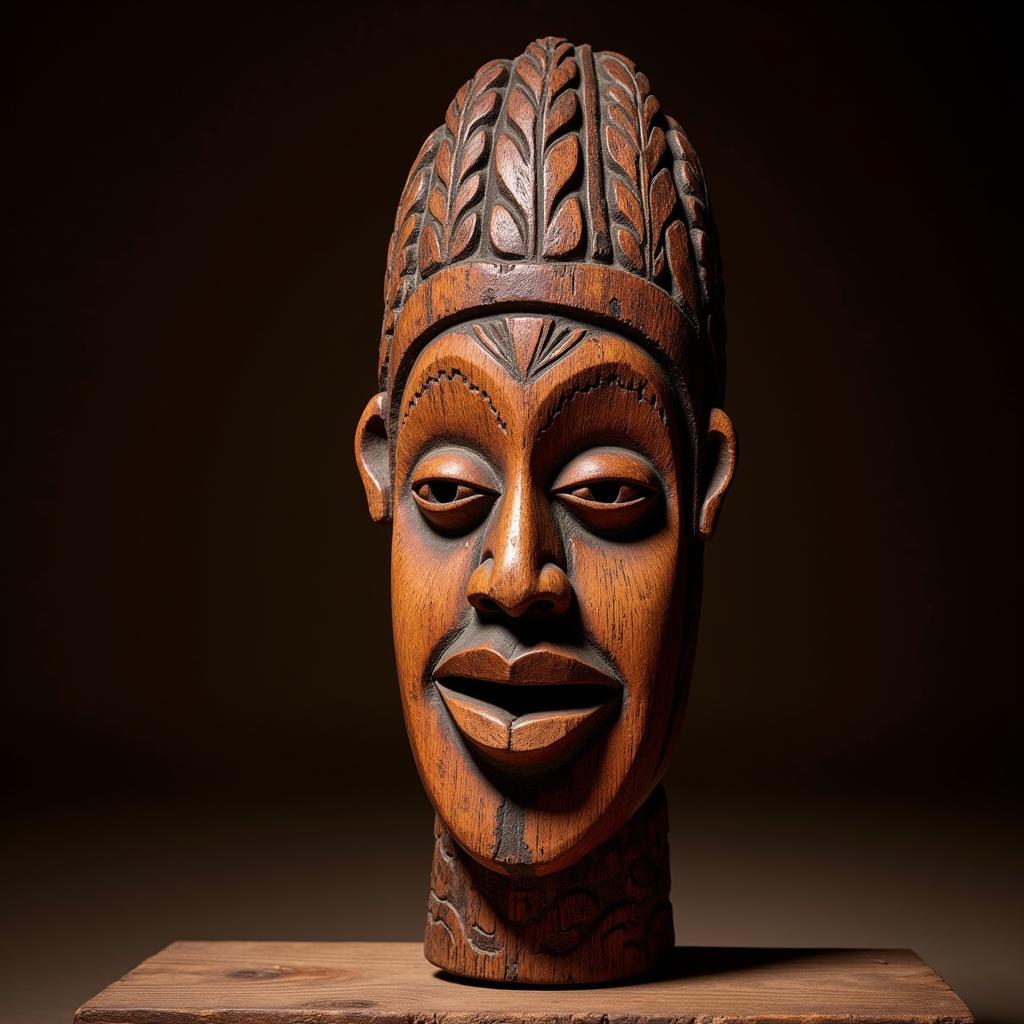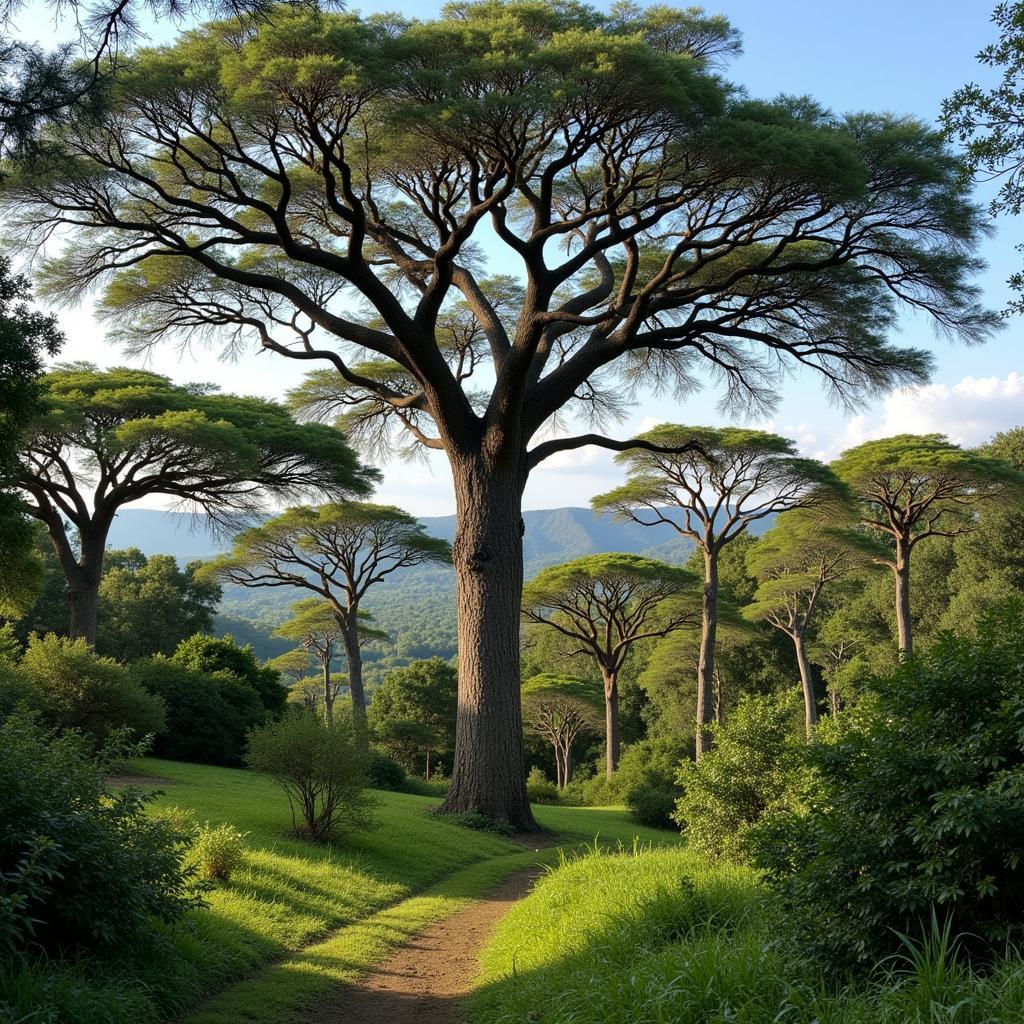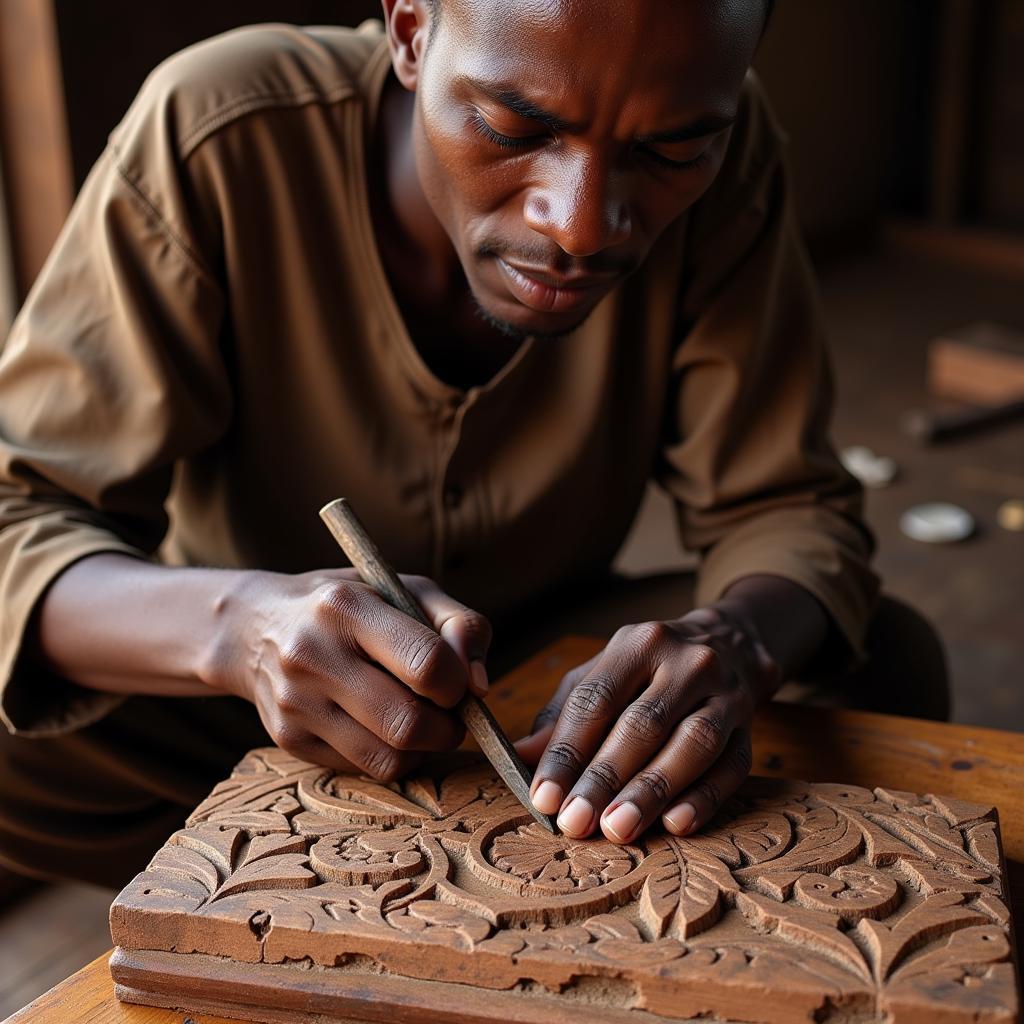Unveiling the Secrets of African Boxwood
African Boxwood, a term encompassing various species within the Buxus genus native to Africa, holds a significant place in the continent’s cultural heritage and ecological landscape. These slow-growing evergreen shrubs and small trees are prized for their dense, fine-grained wood, making them a valuable resource for carving, crafting, and traditional uses. From intricate sculptures to functional tools, African boxwood has shaped artistic expressions and practical applications across diverse communities for centuries.
African Boxwood: A Treasure Trove of Tradition and Utility
African boxwood’s versatility has cemented its importance in many African societies. Beyond its aesthetic appeal, the wood’s durability and resistance to decay make it ideal for crafting practical items such as musical instruments, household utensils, and even weapons. Its fine grain allows for intricate detailing, which is evident in the exquisite carvings produced by skilled artisans.
The Cultural Significance of African Boxwood
In many African cultures, boxwood is more than just a material; it’s a symbol of tradition, heritage, and spiritual significance. Ceremonial objects, masks, and figures carved from African boxwood play vital roles in rituals, storytelling, and ancestral veneration. The wood’s longevity further reinforces its connection to enduring cultural values and the continuity of generations. For example, among certain communities, boxwood staffs are symbols of authority and wisdom, passed down through lineages.
 African Boxwood Ceremonial Mask: A Detailed Close-up
African Boxwood Ceremonial Mask: A Detailed Close-up
Exploring the Different Species of African Boxwood
The term “African boxwood” actually refers to several species within the Buxus genus. Buxus macowanii, commonly known as Cape boxwood, is one of the most prominent species, found primarily in Southern Africa. Other notable species include Buxus natalensis and Buxus nyikensis. Each species possesses unique characteristics in terms of growth habit, wood density, and susceptibility to pests and diseases. Understanding these differences is crucial for sustainable harvesting and conservation efforts.
 Natural Habitat of African Boxwood Trees in a Lush Forest
Natural Habitat of African Boxwood Trees in a Lush Forest
The Challenges Facing African Boxwood
Like many valuable natural resources, African boxwood faces threats from overexploitation and habitat loss. The increasing demand for boxwood products, combined with illegal logging practices, has put pressure on wild populations. Climate change further exacerbates these challenges, impacting the trees’ growth and vulnerability to diseases.
Sustainable Practices for African Boxwood Conservation
Protecting African boxwood requires a multi-pronged approach. Sustainable harvesting practices, reforestation efforts, and community-based conservation initiatives are crucial for ensuring the long-term survival of these valuable trees. Raising awareness among consumers about the importance of sourcing sustainably harvested boxwood is also essential.
“The future of African boxwood lies in our collective responsibility to protect it,” states Dr. Amina Omar, a renowned botanist specializing in African flora. “Sustainable practices and community involvement are not just options, they are necessities.”
 Skilled Artisan Carving Intricate Designs into African Boxwood
Skilled Artisan Carving Intricate Designs into African Boxwood
African Boxwood in the Modern World
Despite the challenges, African boxwood continues to inspire creativity and innovation. Contemporary artists are exploring new ways to incorporate this beautiful wood into their work, pushing the boundaries of traditional craftsmanship while embracing sustainable practices. From modern sculptures to contemporary furniture, African boxwood finds its place in the 21st century, bridging the gap between tradition and modernity.
“African boxwood is more than a material; it’s a legacy,” remarks renowned sculptor David Mwangi. “It’s a privilege to work with such a historically and culturally rich wood.”
In conclusion, African boxwood stands as a testament to the continent’s rich natural and cultural heritage. By understanding its significance and addressing the challenges it faces, we can ensure that this valuable resource continues to thrive for generations to come.
FAQ
-
What are the main uses of African boxwood? African boxwood is used for carving, crafting, making musical instruments, and creating ceremonial objects.
-
Where does African boxwood grow? African boxwood is native to various regions of Africa, particularly Southern Africa.
-
Is African boxwood endangered? Certain species of African boxwood are facing threats due to overexploitation and habitat loss.
-
How can I contribute to African boxwood conservation? Supporting sustainable harvesting practices and buying products made from certified sustainable boxwood can help.
-
What are the different types of African boxwood? Several species exist, including Buxus macowanii, Buxus natalensis, and Buxus nyikensis.
-
What is the cultural significance of African boxwood? It holds symbolic meaning in many African cultures, often used in rituals and representing heritage and wisdom.
-
Is African boxwood expensive? Due to its slow growth and increasing scarcity, African boxwood can be relatively expensive.
Do you have other questions? See our other articles on related topics like [link to another article] and [link to another article].
When you need assistance, please contact us at Phone Number: +255768904061, Email: kaka.mag@gmail.com or visit us at Mbarali DC Mawindi, Kangaga, Tanzania. We have a 24/7 customer service team.


